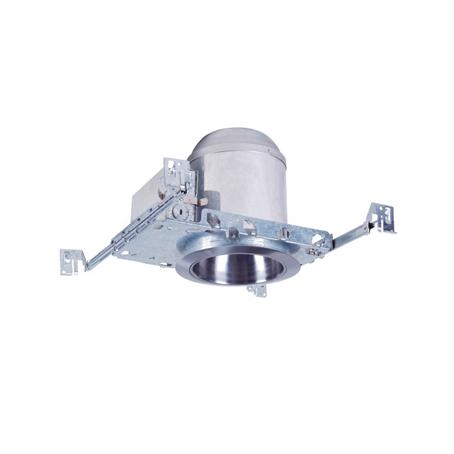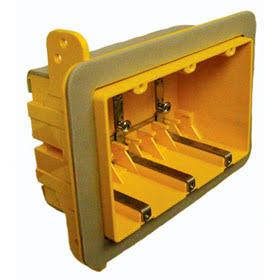Hi, I'm not sure if anyone will have an answer, but I'm doing some research into airtight construction using timber frame (e.g. on the interior of the timber studs, there is an airtight plastic membrane, taped at all corners, with fresh air brought into the structure using a mechanical heat recovery system). Obviously, socket and switch outlets can be a major source of air movement. In the US and Germany, you can get specialist airtight backboxes, which are side mounted to the studs and have a rubber seal around the cable entry and plasterboard hole. Do these exist in the UK? I can't even find side mount boxes in the UK (only the plastic type that goes in a hole in the plasterboard).
Any ideas? This is the same case with insulated airtight recessed lights (suitable for covering with insulation). They are widely available in the US, but don't seem to exist in the UK
Any ideas? This is the same case with insulated airtight recessed lights (suitable for covering with insulation). They are widely available in the US, but don't seem to exist in the UK



